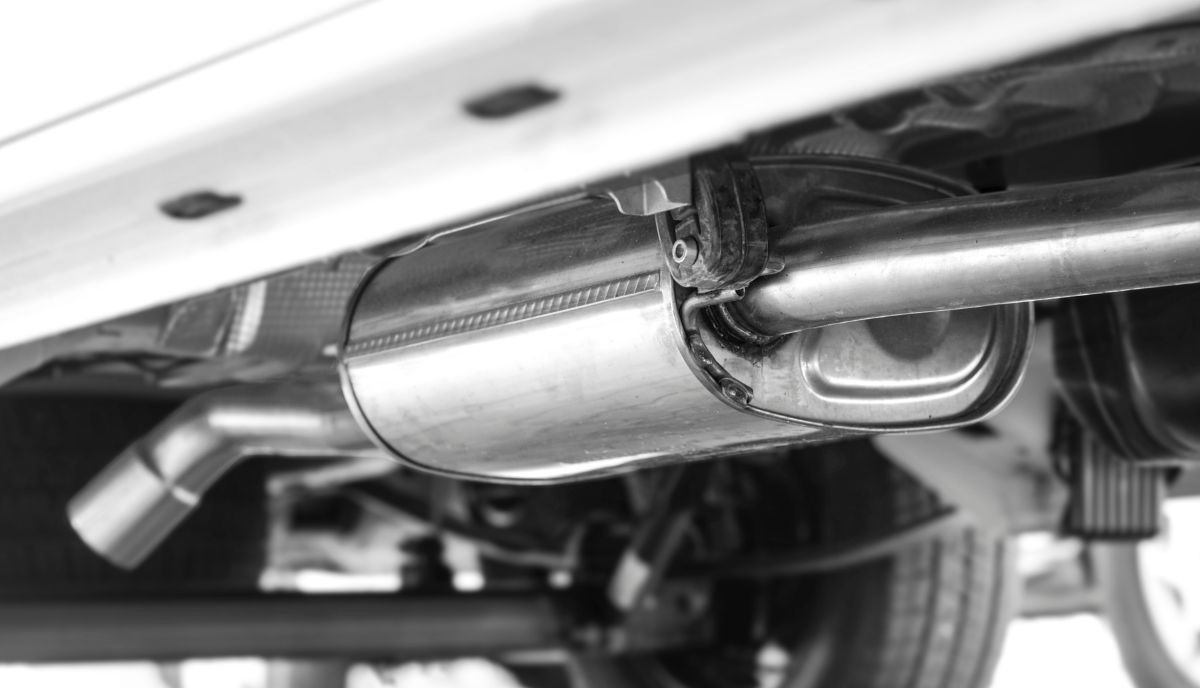
Catalytic converter cleaner, also known as catalyst cleaner, can be used to clean out any residue from the catalytic converter of an automobile engine. Catalytic converters are typically found in cars that use unleaded gasoline; however, diesel engines use a different type of converter. Most modern vehicles have their own system for cleaning the converter, but there are still many vehicles on the road that rely on the driver to perform this maintenance task from time to time. Read on to learn more about catalytic converter cleaner and how it works to improve your vehicle’s performance and fuel efficiency.
Many drivers are under the impression that you need to purchase the gas from a certain gas station in order to have the best results when using catalytic converter cleaner, but this isn’t true at all. In fact, most catalytic converter cleaners are totally compatible with any brand of gas you choose to buy at any gas station! One important thing to remember when using a catalytic converter cleaner, however, is that it can be dangerous if used incorrectly, so make sure you always follow the manufacturer’s instructions carefully!
What Is a Catalytic Converter?
When you drive, your car’s engine burns gasoline and this is converted into energy that gets your car moving. Unfortunately, the burning process also produces something called toxic gas which the environment doesn’t like. A device inside your car known as a catalytic converter helps filter out some of these gases.
In order for the catalytic converter to work properly, it needs cleaning from time to time. Many people use something called a catalytic convertor cleaner for this purpose; there are other ways too if you’re handy with tools or have access to them.
Catalytic converters do need to be cleaned periodically because they get gummed up and can decrease in efficiency if not maintained regularly. There are two types of catalytic converters, oxygen sensors and non-oxygen sensors. Oxygen sensors detect how much unburned oxygen is being emitted by the exhaust while non-oxygen sensors detect noxious fumes (exhaust).
Different manufacturers recommend different frequency intervals when it comes to maintenance, but most recommend at least once a year. The way you clean will depend on what type of converter you have in your vehicle. For an oxygen sensor converter, you’ll want to spray on the catalytic converter cleaner using the manufacturer’s directions and let it sit for 30 minutes before running through your vehicle’s engine on idle until there are no more fumes coming out of the tailpipe.
Why Would You Need to Clean a Catalytic Converter?
A lot of people don’t realize that it’s a good idea to periodically clean the cat converters on their car. When these devices get clogged up with dirt and debris, they can no longer do their job, which is turning chemical exhausts into less harmful substances before they’re released into the atmosphere. This not only pollutes the air, but also can lead to some pricey repairs if the clog leads a certain device like your oxygen sensor or even more costly-the catalytic converter itself-to fail completely.
There are plenty of products available at auto parts stores that claim to do this, but most will require some extras like high pressure sprayers or power washers which means there’s not much point in buying those types.
What Can Happen If I Don’t Clean My Catalytic Converter?
One thing that can happen is increased gas mileage. This sounds good, but it isn’t worth it if the increased gas mileage comes at the cost of using cheaper fuel and more carbon emissions. Another consequence of neglecting to clean your catalytic converter is poorer engine performance and a shortened life for your car. In some cases, neglecting this essential component can also lead to smoke coming out of your exhaust or even deadly carbon monoxide fumes entering your car. The best way to prevent these consequences is by taking care of your car right away with a professional catalytic converter cleaning!
Remove The Old Spark Plugs
Examine the plugs for discoloration, brittleness, and excessive wear. Remove the plugs using a spark plug socket wrench and compressed air for stubborn plugs. Follow the installation steps in reverse order to reinstall them and tighten each plug to manufacturer’s specifications. Use your hands or pliers to pull the wire connectors back over the top of the plug after you put it into place. Install new ignition wires: Using needle nose pliers, remove one end of each wire from its connector on one side of the engine. Pull it out of its connector on that side of the engine so that there is some slack but not too much slack between the end that is still attached and the other end (which will be near where you will be attaching it). Do this with all wires on both sides of engine except those which are plugged into their connectors on one side only.
Screw The New Plugs In
Remove the plugs from your car and then put the liquid into them. Screw them back in and you’re ready to go! Be sure not to cross thread anything, as it could damage your car. Remember, you might need a funnel if your gas tank opening is too small for that liquid. Be sure also that the label on the container tells you what type of metal it’s for so it doesn’t get mixed up with other metal items like radiator fluid or brake fluid. You can always ask someone at a store if they know which one you should be using. If not, call a mechanic who will be able to tell you exactly what you need. It may take an hour or two before all the gunk comes out but don’t worry because after you see how much better your engine runs, you’ll be glad you took care of this problem now.
Prepare And Apply the Cleaner
The first step in using a catalytic converter cleaner is always the same: prepare. Whether you’re using a specialized catalyst cleaner or any household product, never spray it on a hot engine. Check your owner’s manual for specific instructions on how to prep your vehicle for cleaning and what type of cleaners you can use. For example, some commercial cleaners require the engine be cooled before applying it. Many require you remove the battery cables and wait at least an hour before reapplying them. Consult the experts if you have any doubts about whether or not your car can handle one of these professional cleaners.
Now that we’ve had our safety lecture, let’s move on to actually applying our catalyst cleaner! Pour some of the catalyst cleaner into a clean spray bottle. Fill up about 1/4th of the bottle with water so that when you shake it, the two mix together. Take your hose and attach one end to the exhaust pipe coming out from under your hood and another end directly into your mouth (yes, I know this sounds bizarre). Start spraying while blowing out through the hose with as much force as possible. Move around until all surfaces are thoroughly covered in orange goo! After finishing up on all sides of your engine bay, go back over each surface with a rag soaked in water to rinse off all remaining residue and dry off anything still wet or sticky.












